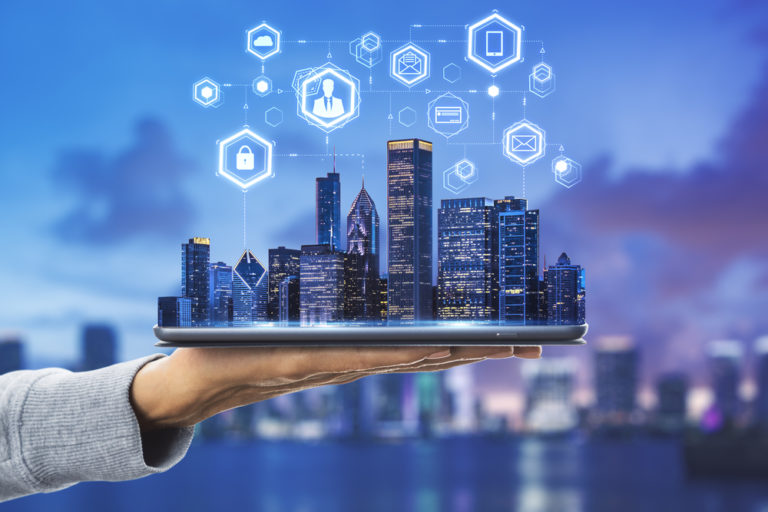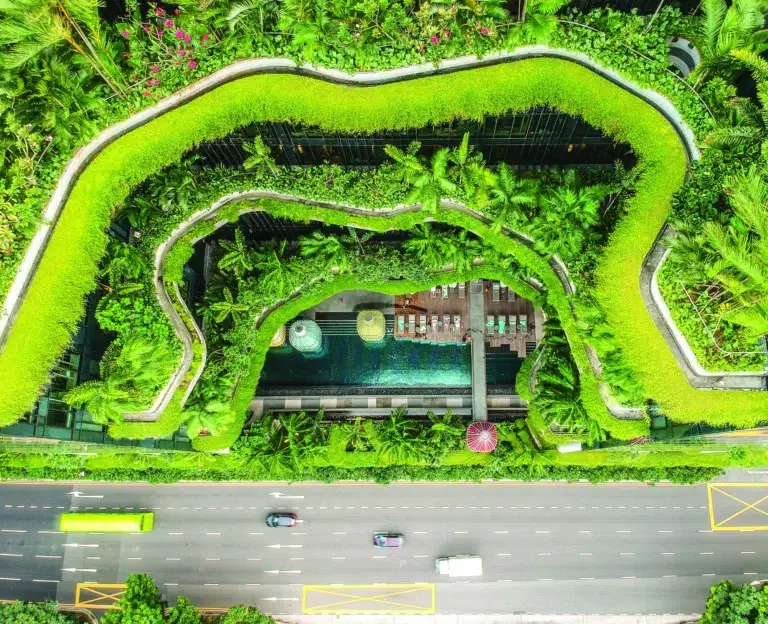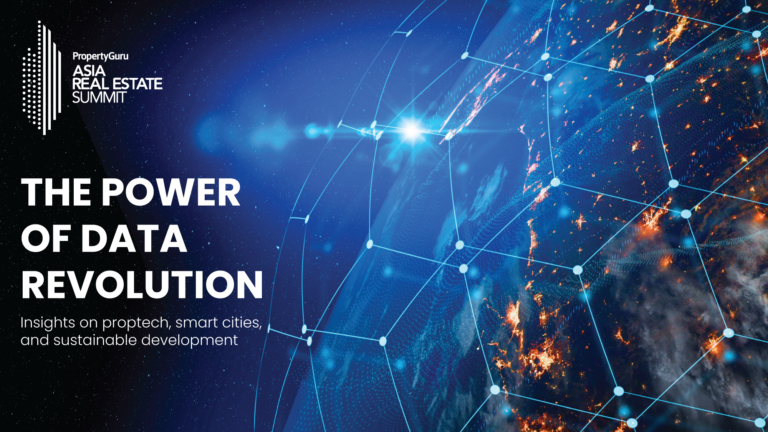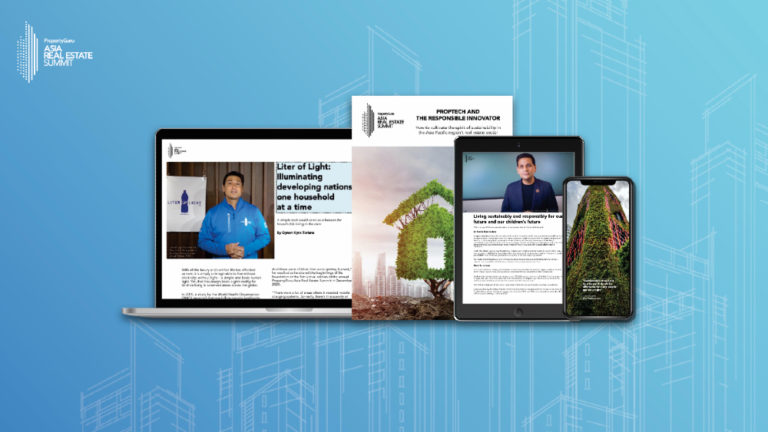The best of urbanisation through smart and green living
The integration of smart cities and green buildings have been making a mark on human settlement

Cities have developed over the last few centuries, especially because of how technology and climate action has come into play. ESG blog The Impact Investor talked about one of the more recent human settlement developments: smart cities.
Smart cities are urban locations that improve efficiency and sustainability through utilising information and communication and collecting city functions data for the government to analyse in order to make the city better and safer to live in.
These cities are known for their technology and sustainability-based lifestyle, from their infrastructure up to their policies. They blend together technology with green living to make the most ideal location and get the best quality of life with proper sustainable development and disaster risk management that would keep them thriving.
According to Denmark’s green transition newsletter State of Green, many countries have been taking this step into sustainability by using intermittent renewable energy in green buildings. This balances energy supply and consumption whether it comes to heat or water. Green buildings are the opening to shifting into a smart city.
Paysalia, garden, landscape, and sports exhibition, shared the following the benefits when planning for a smart and sustainable city:
- Reduction of stress from noise, traffic, density, or anything else that may cause a strain on residents’ mental health.
- Abundance of clean air makes an ideal home for people living with chronic illnesses, such as asthma, chronic coughs, or cancer.
- Lower light pollution, which helps reduce the disruption of nature’s life cycles, including that of humans.
- An opportunity to teach biodiversity to people of different ages.
- Increased value in real estate, especially those either situated or are inclusive of parks and gardens.
- Easier management of water, in terms of drainage and flood risk reduction.
- Greater chances of growing their own food and preventing damage from heat waves.
- Lighter and safer transportation and mobility.
Since 70 percent of the population will be living in urban areas by 2050, developers should be taking the crucial step into smart cities. The proper measures should be taken to keep these future urban areas more efficient and sustainable.
The Property Report editors wrote this article. For more information, email: [email protected].
Recommended
6 green real estate projects reshaping Asia’s future
Developers are being incentivised to push a green agenda into daring new realms
ARES White Paper Volume 3: The era of adaptive reinvention
Pioneering sustainable and innovative practices in urban development
ARES White Paper Volume 2: Unravelling the power of data revolution in real estate
Insights on proptech, smart cities, and sustainable development
ARES Digital White Paper Volume 1: The fundamentals of responsible building
Green and climate heroes join forces to discuss how Asia Pacific can weather the current environmental crises and the looming effects of climate change






